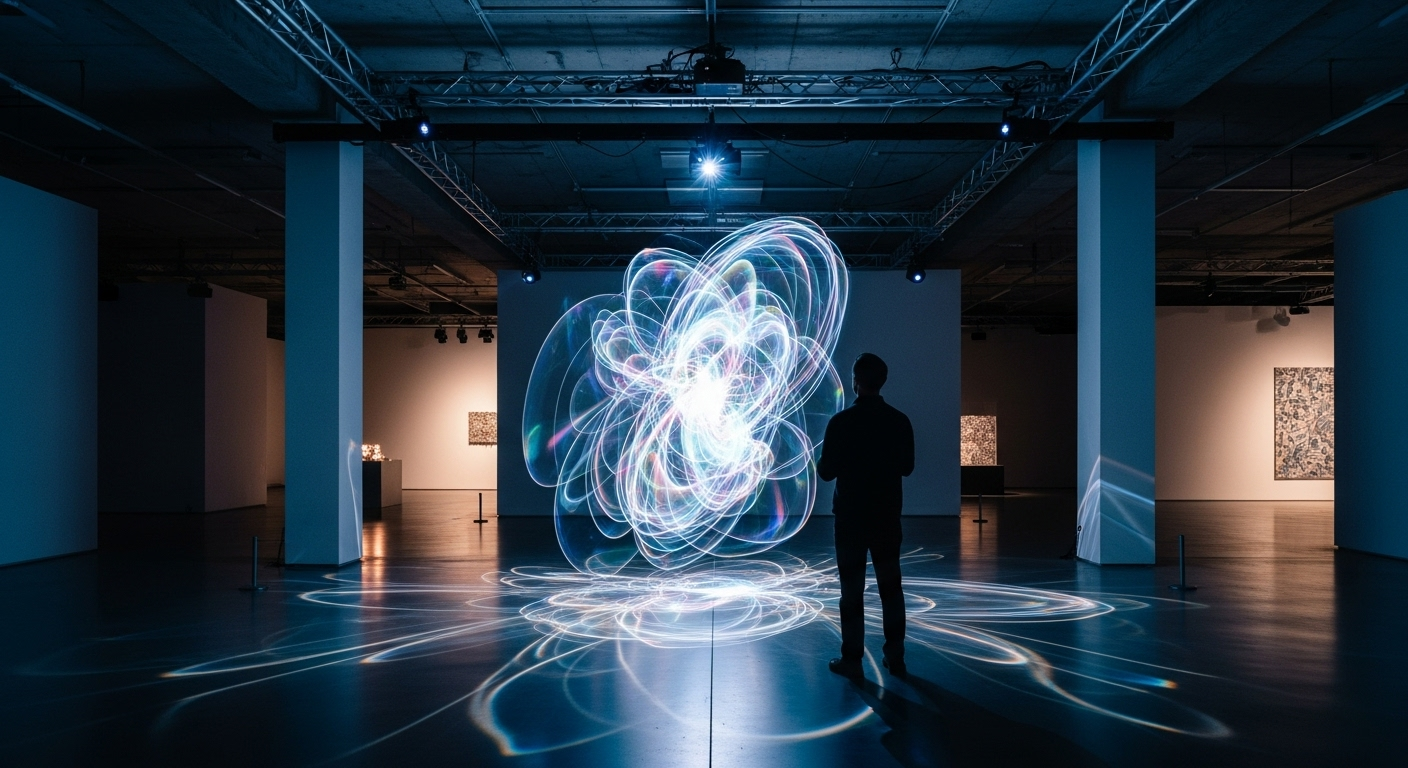The Renaissance of Tactile Art: Touching the Future
In an era dominated by digital screens and virtual experiences, a groundbreaking movement is quietly reshaping the art world. Tactile art, once relegated to the margins of creative expression, is experiencing a remarkable resurgence. This innovative approach to art-making is challenging conventional norms, blurring the lines between viewer and artwork, and redefining our understanding of sensory engagement in artistic appreciation. As galleries and museums worldwide embrace this tactile revolution, we explore the origins, current trends, and future implications of this fascinating artistic phenomenon.

Breaking Boundaries: The Current Landscape
Today’s tactile artists are pushing the boundaries even further. From interactive installations that respond to touch to sculptures designed to be explored through fingertips, the field is diverse and dynamic. Notable artists like Ernesto Neto create immersive environments that engulf visitors in tactile experiences, while others, such as Lucy McRae, explore the intersection of technology and touch through wearable art pieces.
The Science of Touch: Neurological Impacts
Recent neuroscientific research has shed light on the profound impact of tactile experiences on the human brain. Studies show that touch activates multiple areas of the brain, enhancing emotional connections and memory formation. This scientific backing has lent credibility to tactile art, with many institutions now recognizing its therapeutic potential. Museums are increasingly incorporating tactile elements into their exhibitions, not just for visually impaired visitors, but for all patrons seeking a more immersive art experience.
Accessibility and Inclusion: Touching Lives
One of the most significant impacts of the tactile art movement has been its role in making art more accessible. For individuals with visual impairments, tactile art offers a way to experience creativity that was previously inaccessible. Many museums now offer touch tours and tactile reproductions of famous works, allowing a broader audience to engage with art in meaningful ways. This shift towards inclusivity is reshaping curatorial practices and challenging long-held notions about the primacy of visual art.
The Digital Paradox: Tactility in a Virtual World
Interestingly, the rise of tactile art coincides with an increasingly digital world. As our daily lives become more screen-centric, there’s a growing hunger for physical, tangible experiences. This phenomenon has led to collaborations between tactile artists and tech companies, resulting in innovative projects that bridge the gap between digital and physical realms. From haptic feedback devices to 3D-printed sculptures designed for touch, these initiatives are redefining the boundaries of art in the digital age.
Ethical Considerations and Conservation Challenges
The tactile art movement is not without its challenges. Conservation experts grapple with the wear and tear caused by repeated touching, raising questions about the longevity of tactile works. Additionally, the COVID-19 pandemic has introduced new concerns about hygiene and public interaction with art. These challenges have spurred innovative solutions, from self-cleaning materials to contactless tactile experiences using air pressure or magnetic fields.
The Future of Feeling: Predictions and Possibilities
As we look to the future, the potential for tactile art seems boundless. Emerging technologies like nano-materials and bioengineering promise to create even more sophisticated tactile experiences. Some artists are exploring the possibility of synesthetic art that combines touch with other sensory inputs in unprecedented ways. The growing interest in multisensory experiences suggests that tactile art will play an increasingly important role in the broader art world, potentially reshaping our understanding of creativity and human perception.
In conclusion, the renaissance of tactile art represents a profound shift in how we engage with creativity. By inviting us to literally feel art, this movement challenges our preconceptions, expands accessibility, and offers new avenues for artistic expression. As we navigate an increasingly digital world, the resurgence of touch in art serves as a poignant reminder of our inherent need for physical connection and sensory engagement. The future of art may well be at our fingertips, waiting to be explored, felt, and understood in ways we’re only beginning to imagine.





